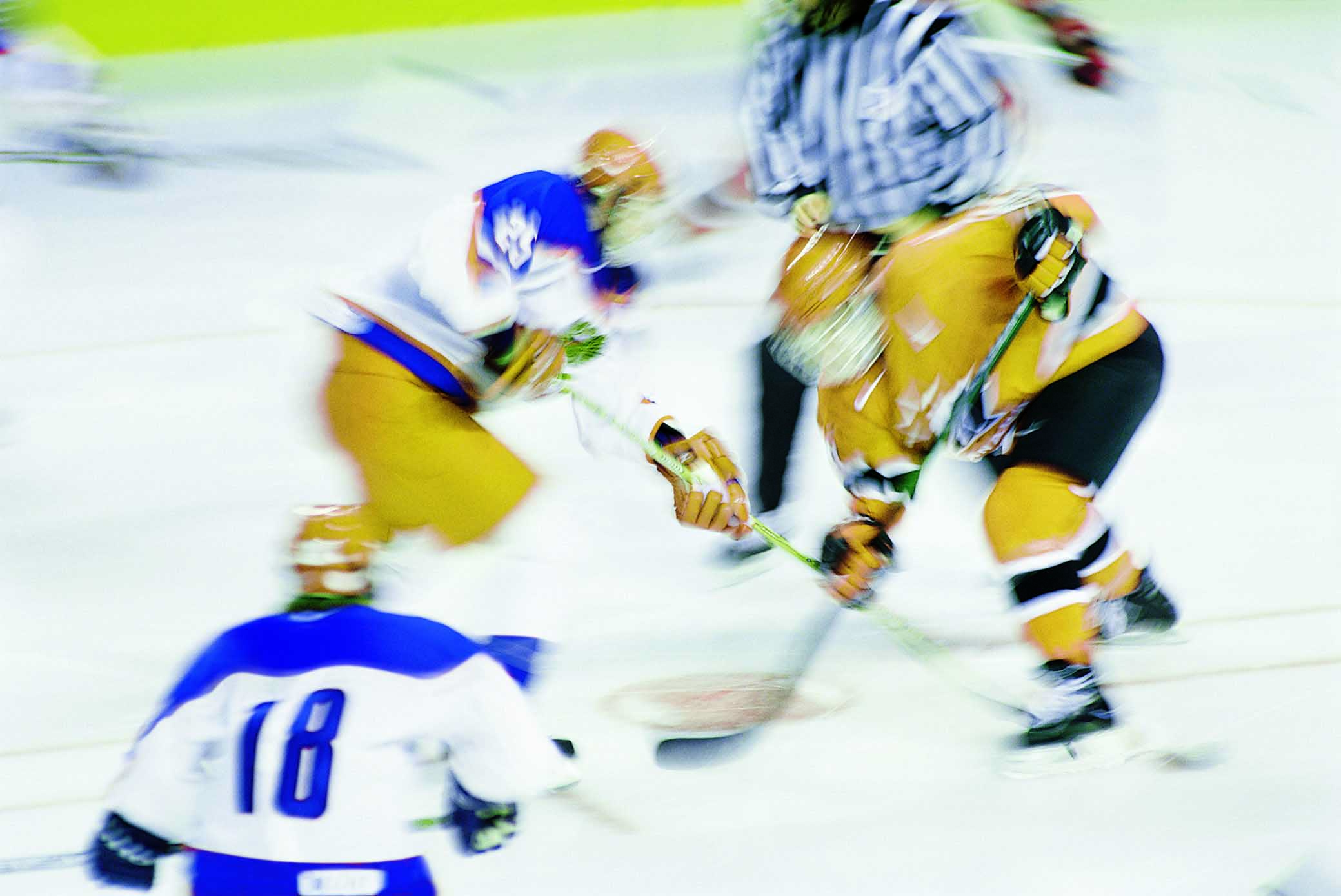Desiccant Dehumidifiers in Indoor Ice Rinks
 It's easy enough to get problems with condense water and corrosion in ice-rinks. The ice itself melts water and moisture will get in from the outside through doors opening.
It's easy enough to get problems with condense water and corrosion in ice-rinks. The ice itself melts water and moisture will get in from the outside through doors opening.
Moisture from warmer outside air will inevitably find its way into the building through natural leakage and door traffic. This usually results in an increase in relative humidity and dewpoint of the cool ice rink air.
When the humid air comes into contact with colder surfaces (eg: steel roof supports), the air can easily reach its dewpoint (saturation point) and condensation will occur. Dripping water will cause damage to the ice by pitting the surface or by forming "ice mushrooms", thereby lowering its overall quality.
If humidity is allowed to rise, indoor fog can be a common problem, especially in Summer when the dewpoint of outside air (and hence moisture loads) are at a maximum. A desiccant dehumidifier system is designed to maintain a constant relative humidity or dewpoint within the ice rink.
The re-circulated air (often combined with some fresh air), is prevented from reaching its dewpoint by controlled dehumidification.
The dewpoint of the air is maintained below that of internal surface temperatures. Condensation and fog are eliminated!
A lower humidity also helps to prevent formation of mould and mildew growth, reduces steel corrosion and improves general safety of electrical equipment.
Curling
For curling, the quality of the ice is absolutely crucial, and maintaining the right ambient humidity and ice quality is a whole science in itself. At the Olympic Games in Turin, several rotor-cassettes from Seibu Giken were used to guarantee the indoor quality of the curling arena.